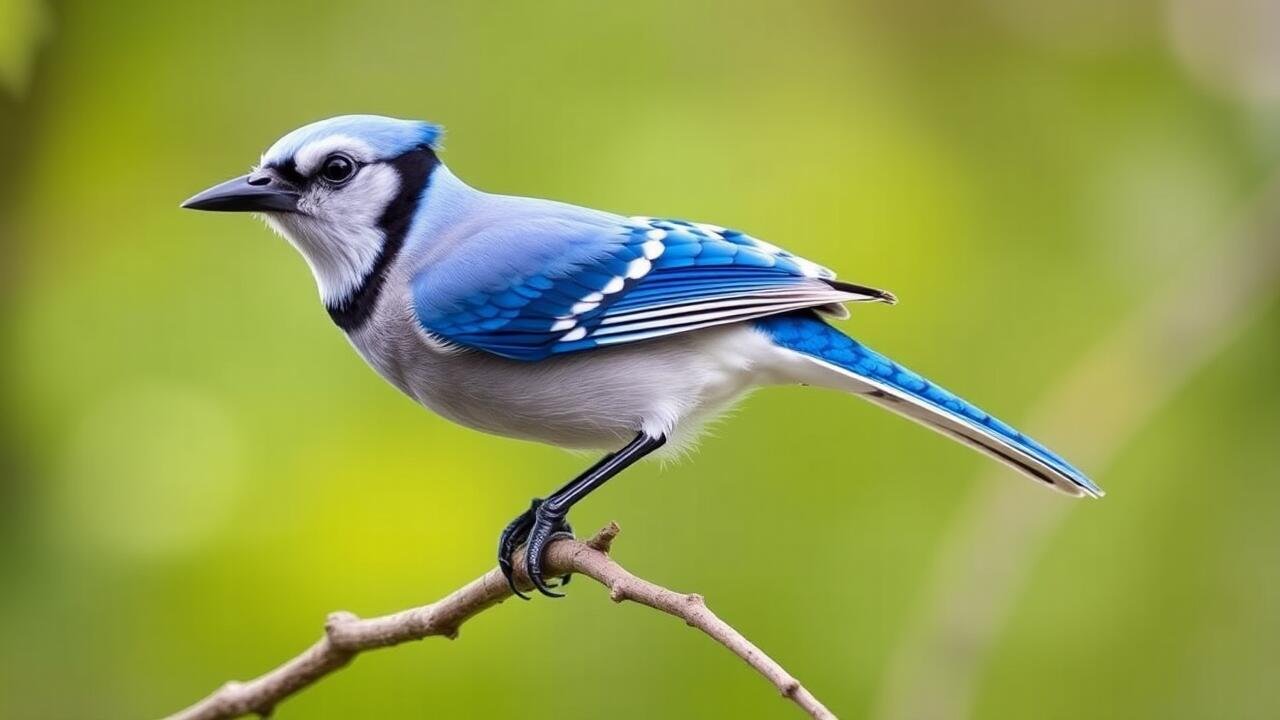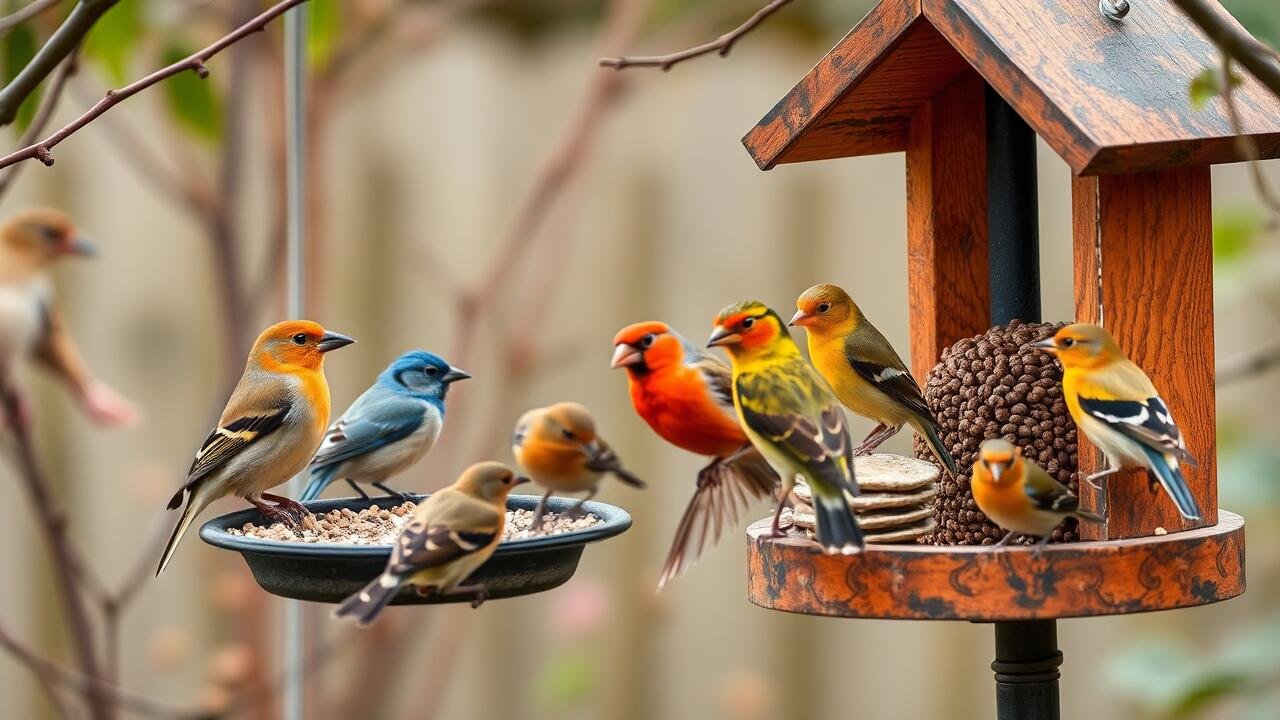Incorporating Natural Shelter
How do you attract songbirds? Creating an inviting habitat for songbirds often starts with the incorporation of natural shelter. Trees and shrubs serve not only as resting spots but also provide critical cover from harsh weather and predators. Selecting a diverse array of plant species will enhance the shelter’s effectiveness, offering varying heights and densities for birds to choose from. Native plants particularly attract local songbirds, as they are familiar with the native flora and often rely on these species for food and nesting materials.
In addition to trees and shrubs, other structures can enhance the natural environment for birds. Brush piles, rock gardens, and grasses help create a varied landscape that appeals to different species. Water features, like small ponds or birdbaths, can attract birds looking for hydration and bathing opportunities. Incorporating natural barriers such as thorny bushes will also support ground-nesting species by providing them with protection from potential threats.
Here is a great resource for anyone looking to expand on this topic.
Trees, Shrubs, and Other Essential Structures
Providing adequate shelter is key to attracting songbirds to your garden or yard. Planting native trees and shrubs creates natural habitats that offer protection and nesting sites. Species like birches, oaks, and flowering dogwoods not only provide shelter but also source food through their seeds, berries, and insects that thrive in their foliage. Incorporating dense shrubs or thickets can further enhance this habitat, allowing birds to find safety from predators and harsh weather.
In addition to trees and shrubs, adding structures such as birdhouses and brush piles can greatly benefit local avian populations. Birdhouses should be designed to accommodate various species, ensuring they have the right dimensions and entry hole sizes. Piling up natural debris like fallen branches and leaves can create a safe haven for ground-feeding birds. Maintaining a blend of open spaces and dense cover can help nurture a diverse ecosystem, attracting different species of songbirds throughout the seasons.
Avoiding Common Dangers
Predators pose a significant threat to songbirds, affecting their population and nesting success. To create a safe environment, consider placing feeders and birdbaths at least 10 feet away from bushes and trees where predators like cats and hawks might hide. Additionally, using feeder designs that discourage access for larger birds and animals can help minimize these risks.
Another common danger is the presence of window collisions, which often lead to injuries or fatalities among songbirds. To prevent this, you can apply window decals or install screens to make the glass more visible. Planting native vegetation around the home can also provide a natural barrier, redirecting birds safely away from windows while promoting a healthier habitat overall. Creating these protective measures ensures that songbirds can thrive in a secure setting.
Ways to Protect Songbirds from Predators
A well-designed habitat can significantly reduce the risks posed by predators. Installing birdhouses in locations that are safe from climbing or jumping threats is essential. Placing them at least six feet off the ground and away from places like fences or branches can deter predators. Additionally, you might consider using baffles on poles to prevent access from snakes and raccoons. Nesting sites hidden within dense shrubs or thick vegetation also create natural cover for songbirds, making it harder for predators to spot them.
Regular maintenance of feeders and food sources can keep songbirds away from danger. By placing feeding stations away from areas with heavy cat activity or near ground-level hiding spots, birds can enjoy their meals with peace of mind. Maintaining clean feeding areas can prevent attracting rodents, which can, in turn, attract larger predators. A thoughtful layout that includes safe retreat spaces ensures that songbirds feel secure while foraging, allowing them to thrive in your garden.
Timing Your Birdwatching
Understanding the seasonal patterns of songbird activity can greatly enhance your birdwatching experience. Many songbirds follow specific migratory routes and schedules, often returning to the same areas during certain times of the year. Spring and early summer are prime times for observing a variety of species as they establish nests and engage in territorial singing. During these months, early mornings provide the best opportunities to witness their vibrant behaviors, as the birds are most active during the cooler hours.
In addition to the breeding season, autumn also presents unique viewing chances. Many songbirds begin to flock together in preparation for migration, making them more conspicuous. Observers may find that different species appear at particular feeding sites, creating a lively scene. Winter also has its charm, especially in regions where certain species remain year-round, providing a contrast against snowy landscapes. Being mindful of these seasonal changes will improve your chances of attracting songbirds and enjoying their captivating presence.
Seasonal Patterns of Songbird Activity
Understanding the seasonal behaviors of songbirds is key to maximizing your birdwatching experience. Many species exhibit migratory patterns, leaving their breeding grounds in search of warmer climates during the colder months. This migration results in a flurry of activity during spring and early fall as birds return or depart in large flocks. Observing these patterns can help enthusiasts anticipate which species will be present in their area at different times of the year.
In addition to migration, songbirds also display variations in their singing and foraging habits throughout the seasons. Spring is typically marked by a surge in vocalizations as males establish territories and attract mates. Summer often sees increased activity as parents feed their young. As autumn sets in, preparations for migration can lead to visible gatherings. Understanding these rhythms can enhance your observation strategies and deepen your appreciation of songbird behavior.
Please be sure to check out The Complete Guide to Wild and Pet Bird Care: Tips, Products, and Resources
FAQS
What types of trees and shrubs are best for attracting songbirds?
Native trees and shrubs that produce berries, seeds, and provide shelter, such as elderberry, dogwood, and various oak species, are particularly effective in attracting songbirds.
How can I create a safe environment for songbirds in my yard?
To create a safe environment, provide natural shelter, avoid using pesticides, and use bird feeders that are designed to prevent access from predators.
What are the best times of year to attract songbirds?
Spring and fall are often the best times to attract songbirds, as many species are migrating during these seasons and actively seeking food and shelter.
How can I deter predators from preying on songbirds?
You can deter predators by placing bird feeders away from trees or structures that provide perches for cats and other predators, as well as using birdhouses that have entrances too small for larger animals to access.
Should I provide food for songbirds, and if so, what types are best?
Yes, providing food can attract songbirds. Offer a variety of seeds, such as sunflower seeds, nyjer thistle, and suet, as well as fresh fruit to meet their dietary needs.
Related Links
What is a Songbird and How to Attract Them?
What is the meaning of a songbird?
What color attracts songbirds?
What is considered a songbird?

My name is Shane Warren, the author behind Chirping Birds Hub – your ultimate guide to the wonderful world of birds! Unleash your inner avian explorer as we delve into a vibrant library of knowledge dedicated to all things feathered. From learning about diverse bird species from across the globe to understanding their captivating habitats and behaviors, I’m here to fuel your passion for these magnificent creatures. Not only that, but I also provide valuable insights on being a responsible and informed pet bird owner. Join our vibrant community and let’s celebrate the feathered wonders of the world together – one chirp at a time.


